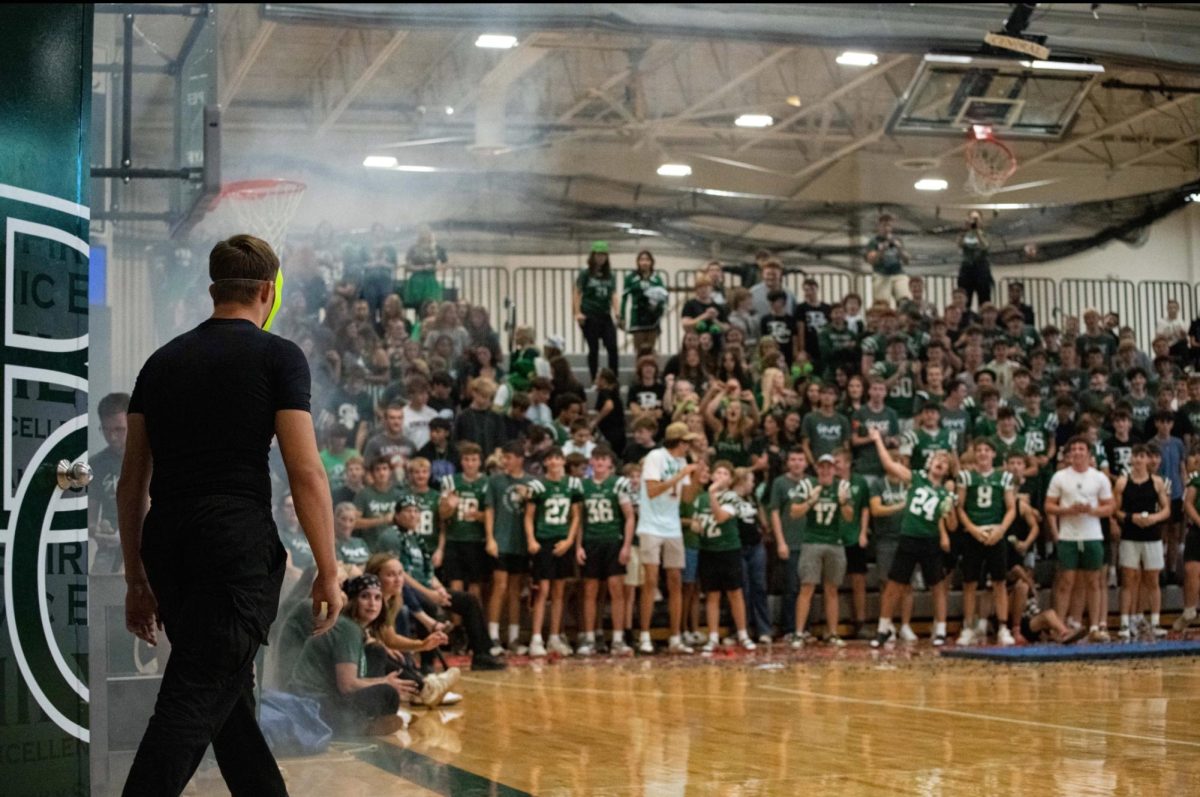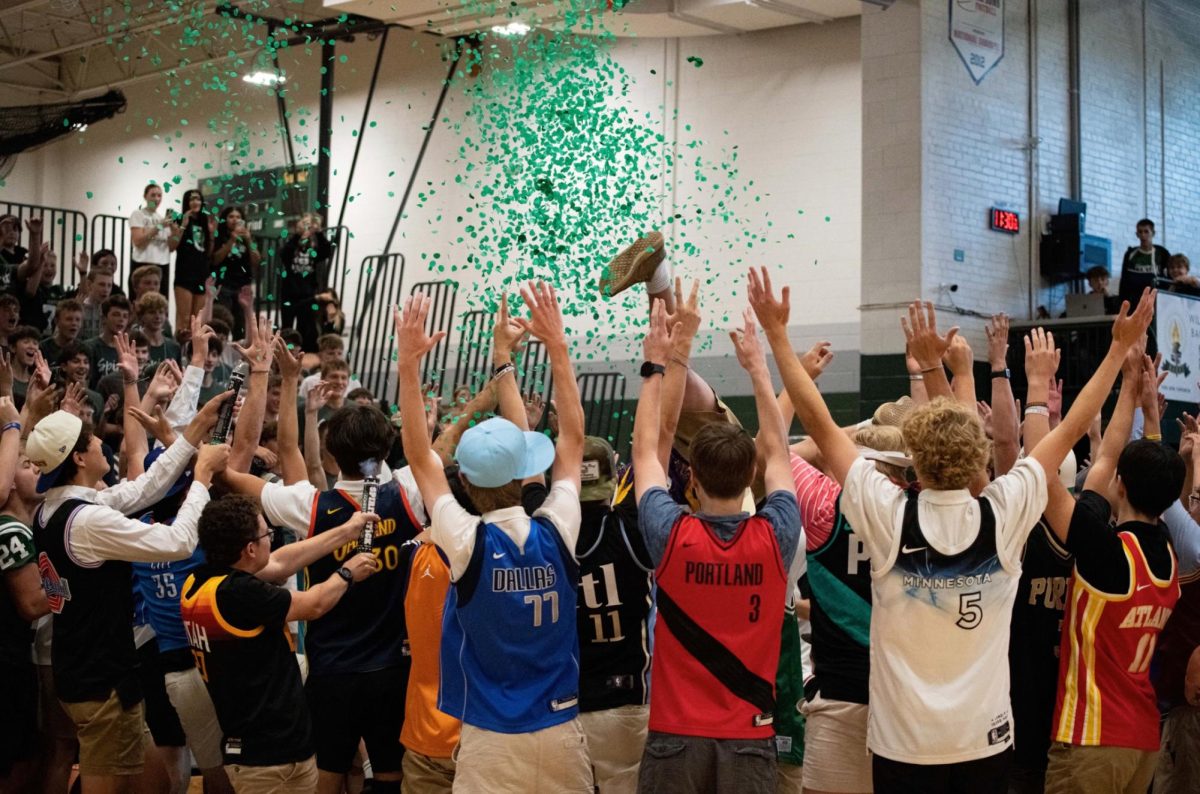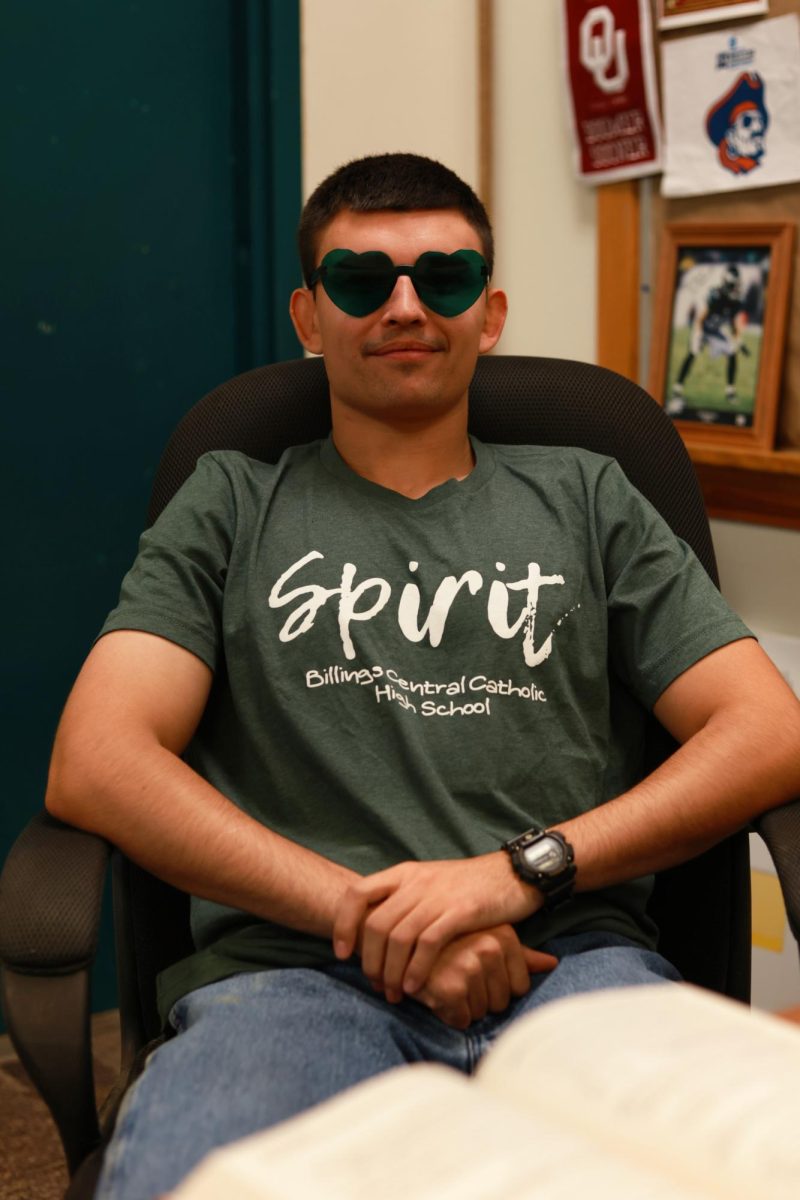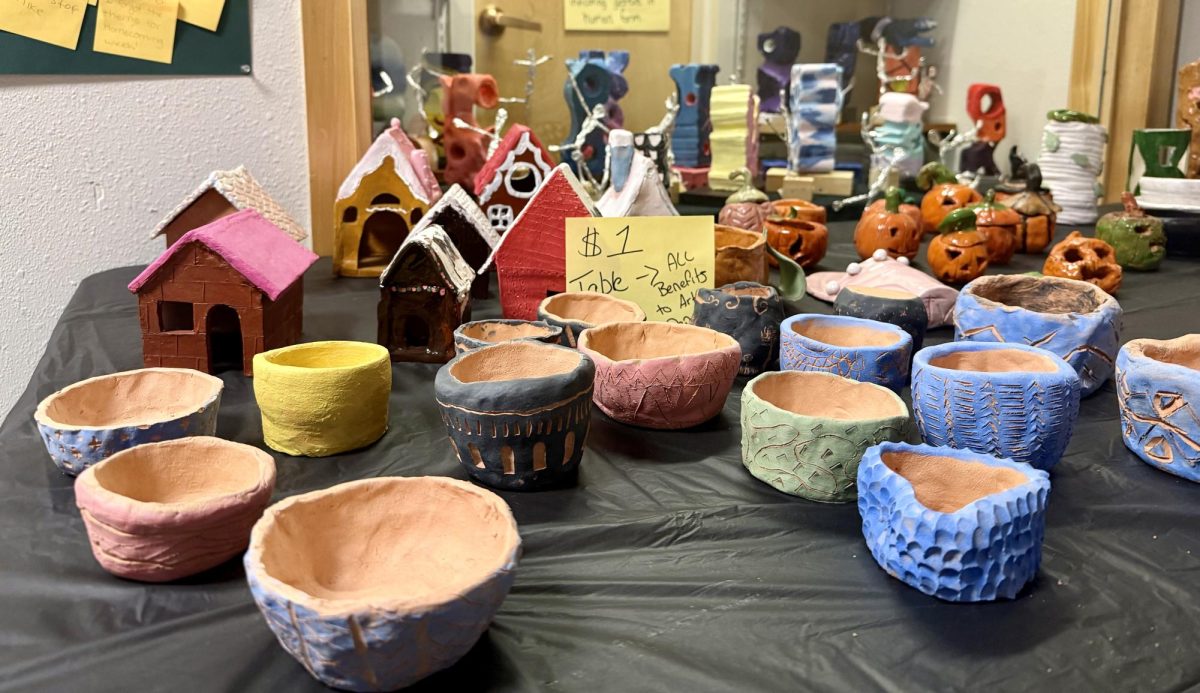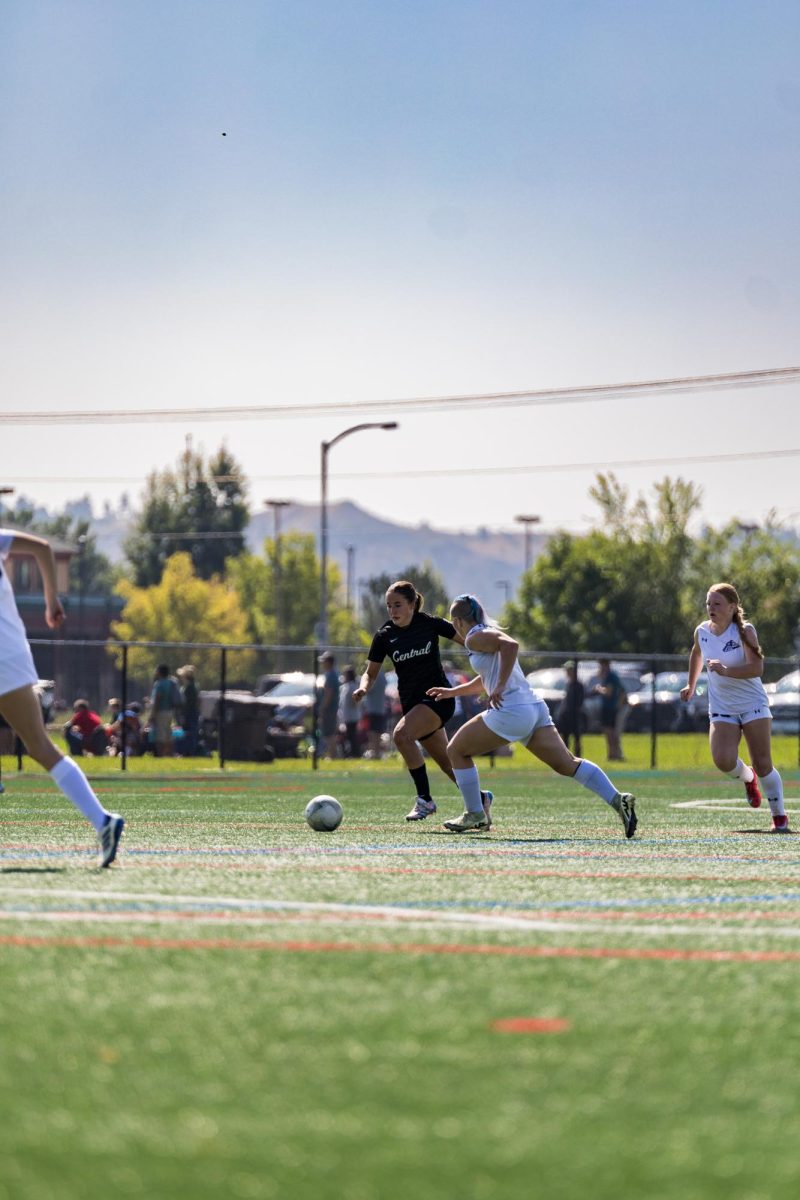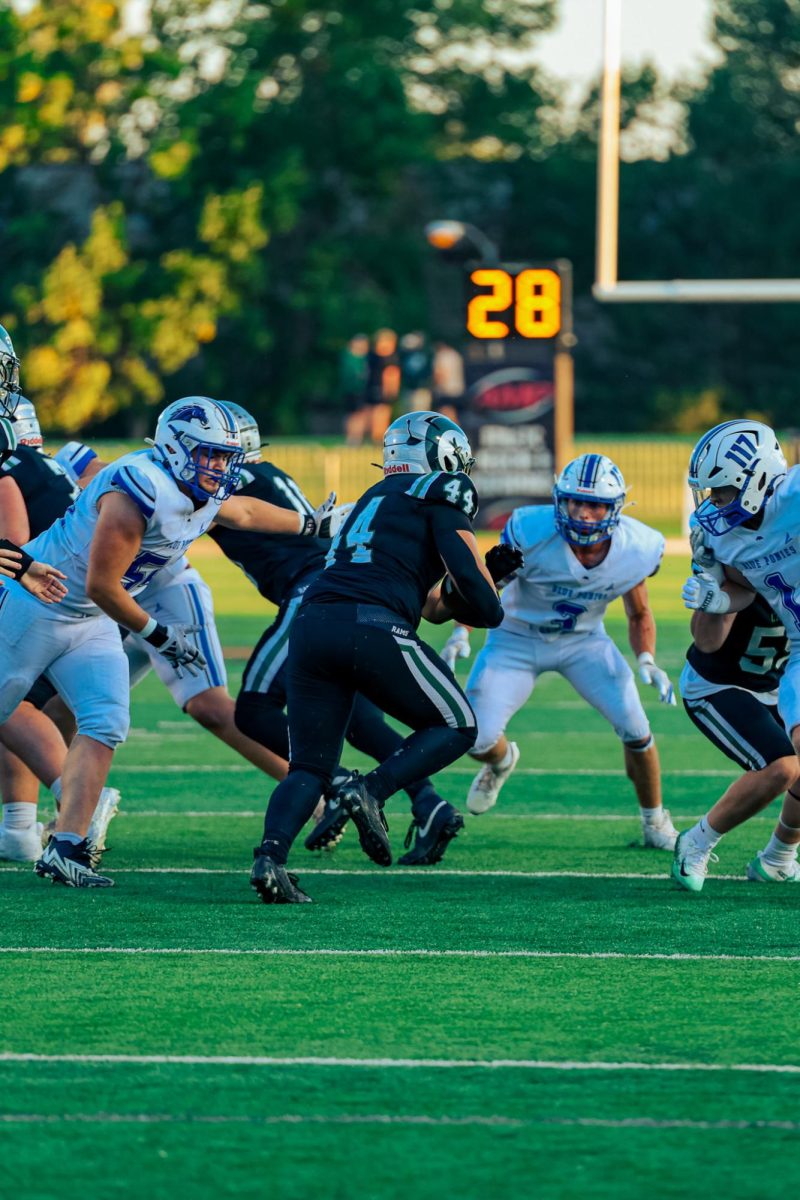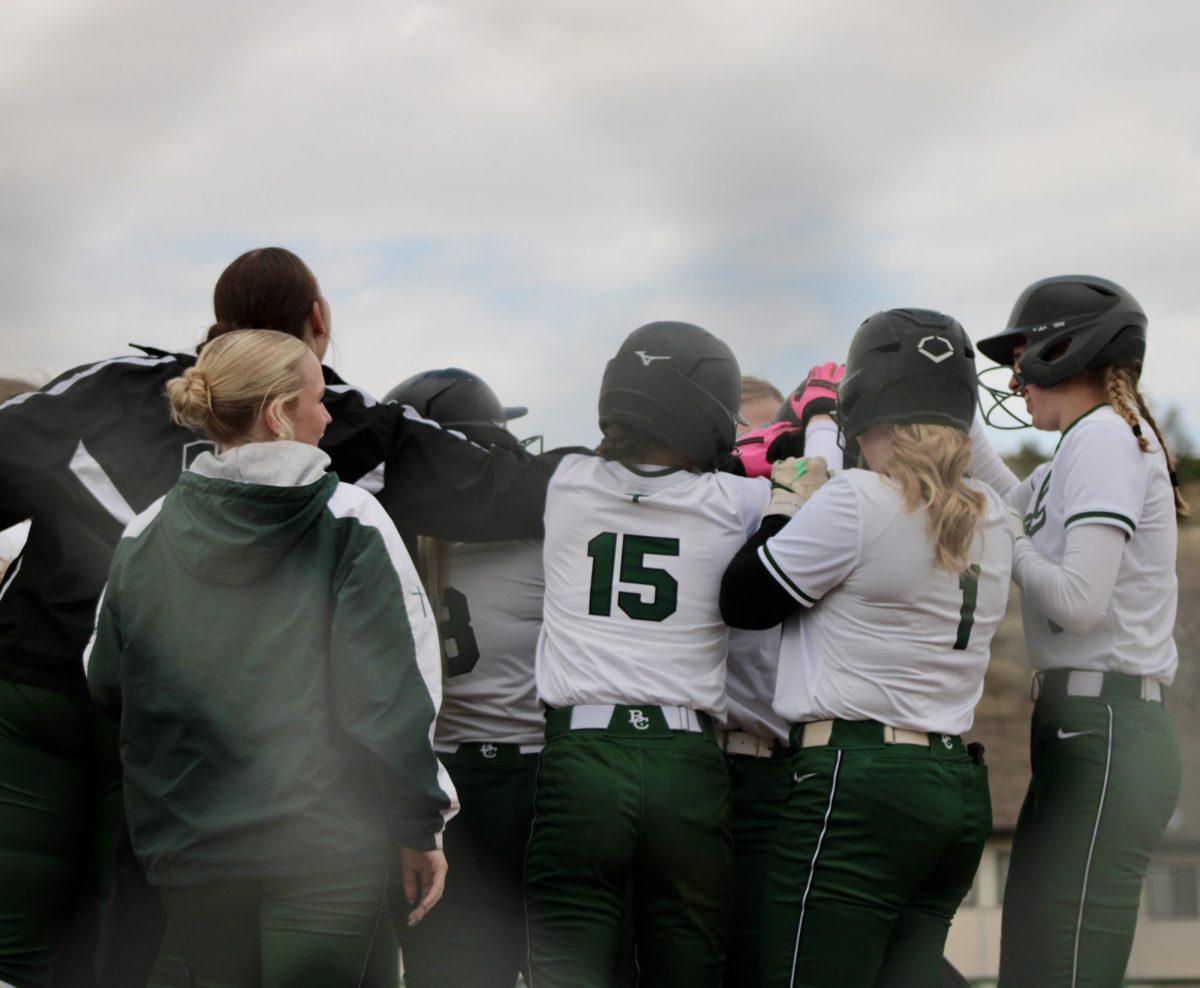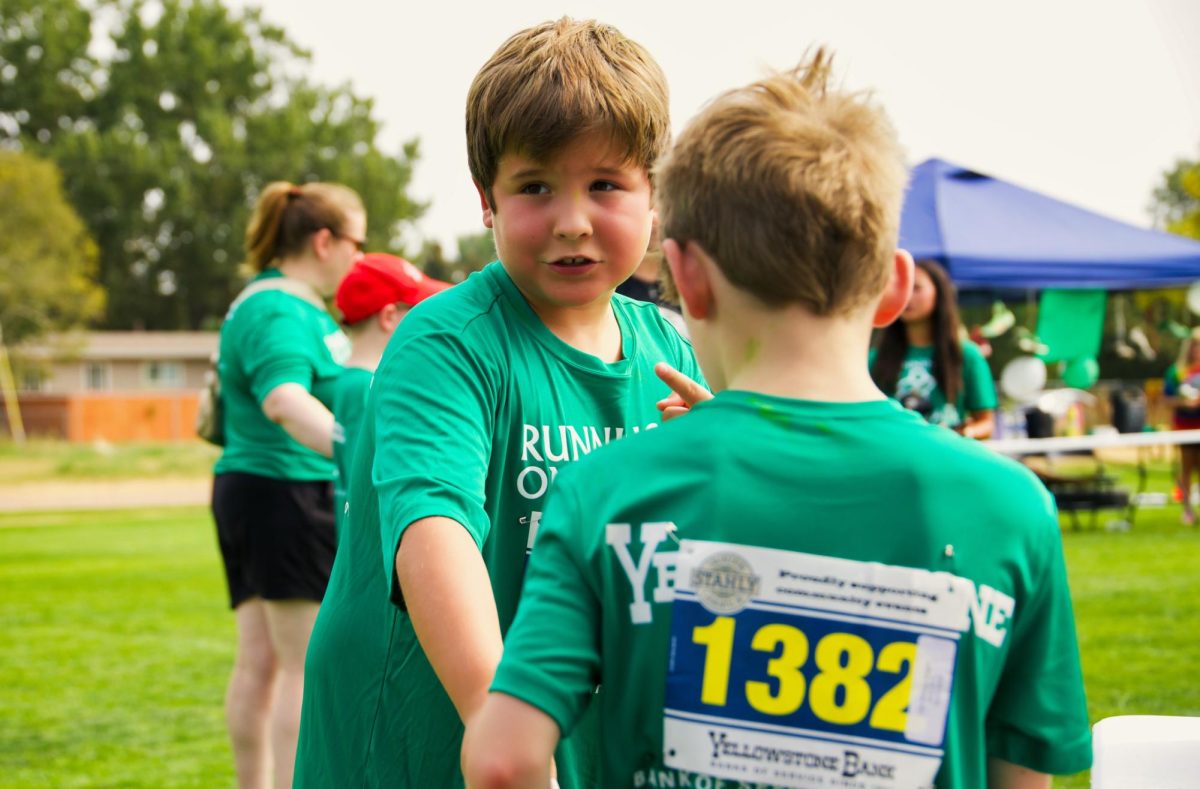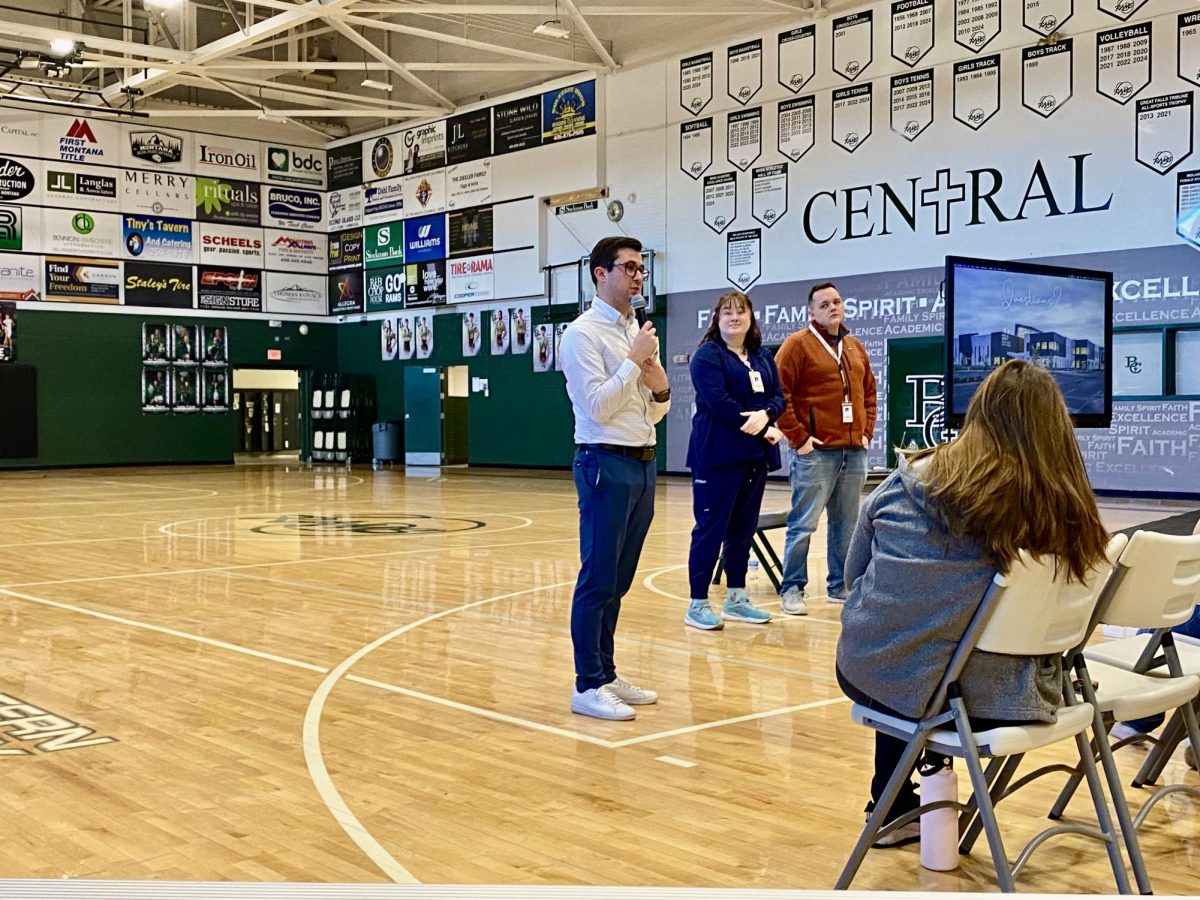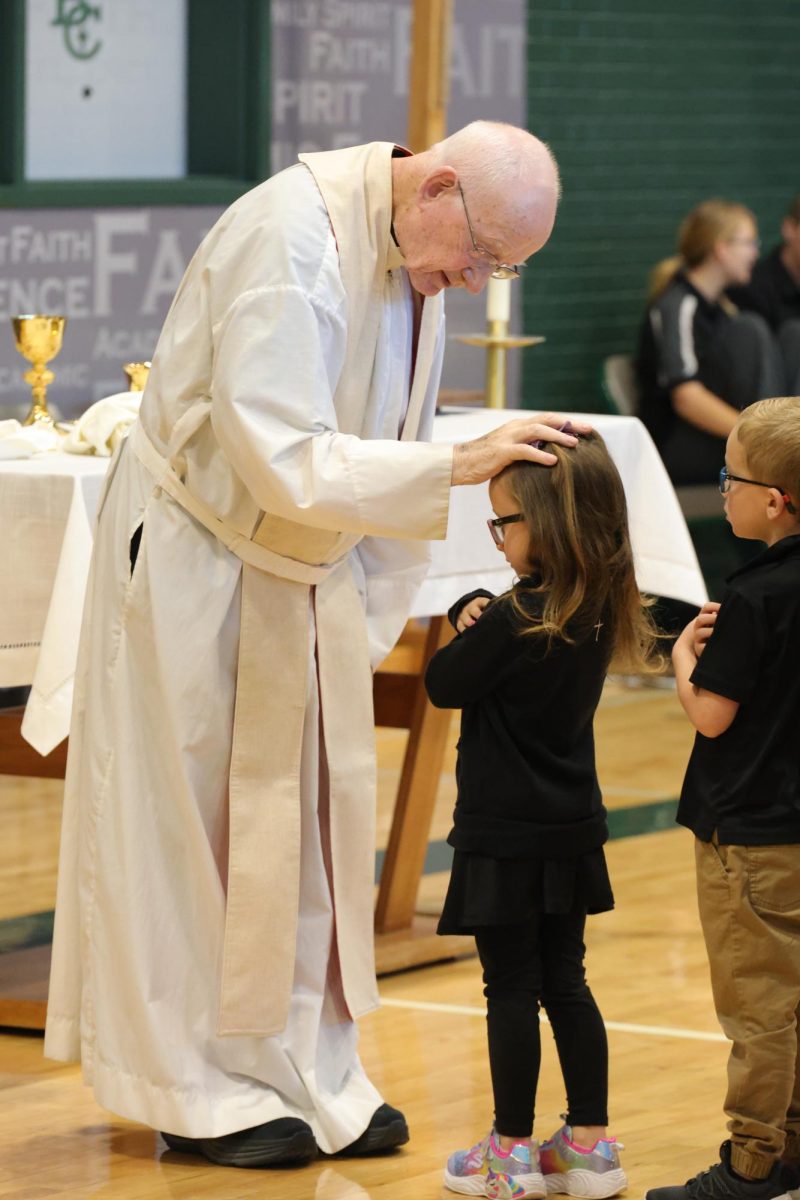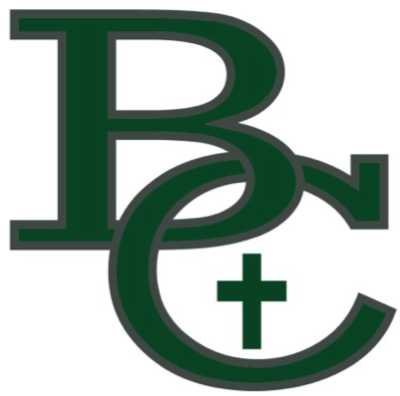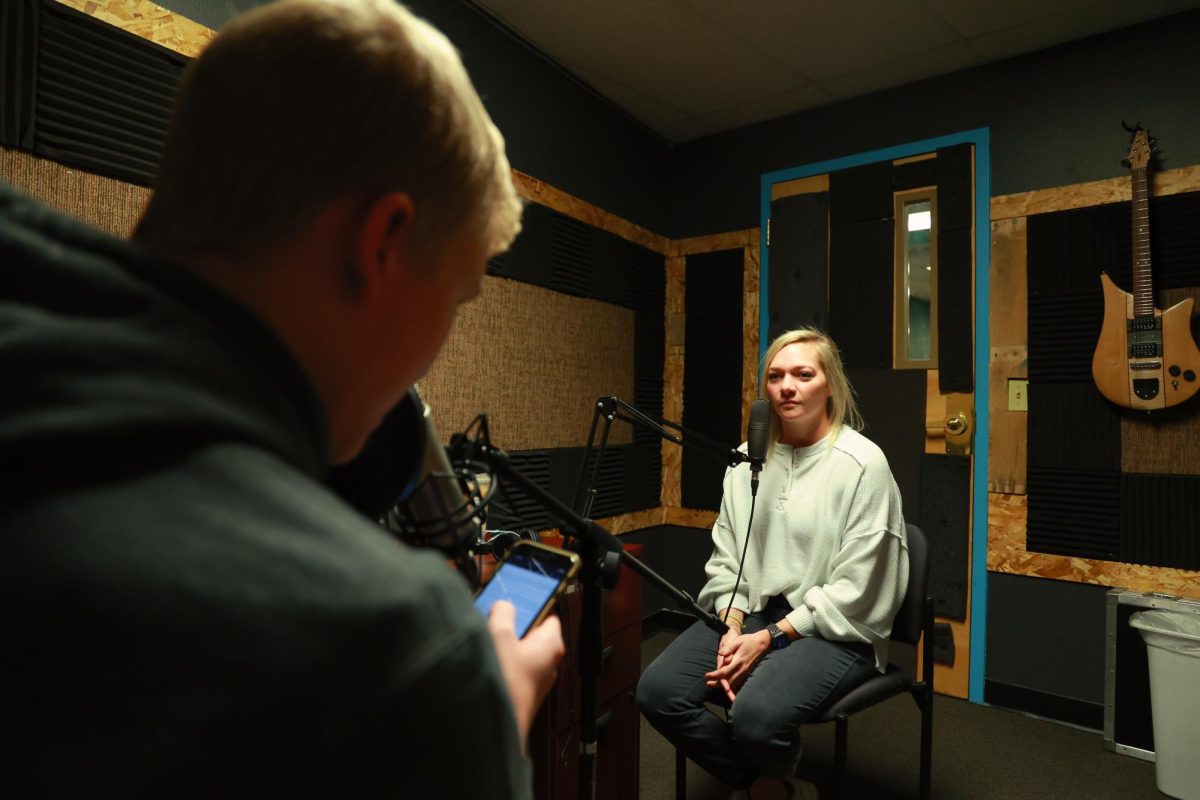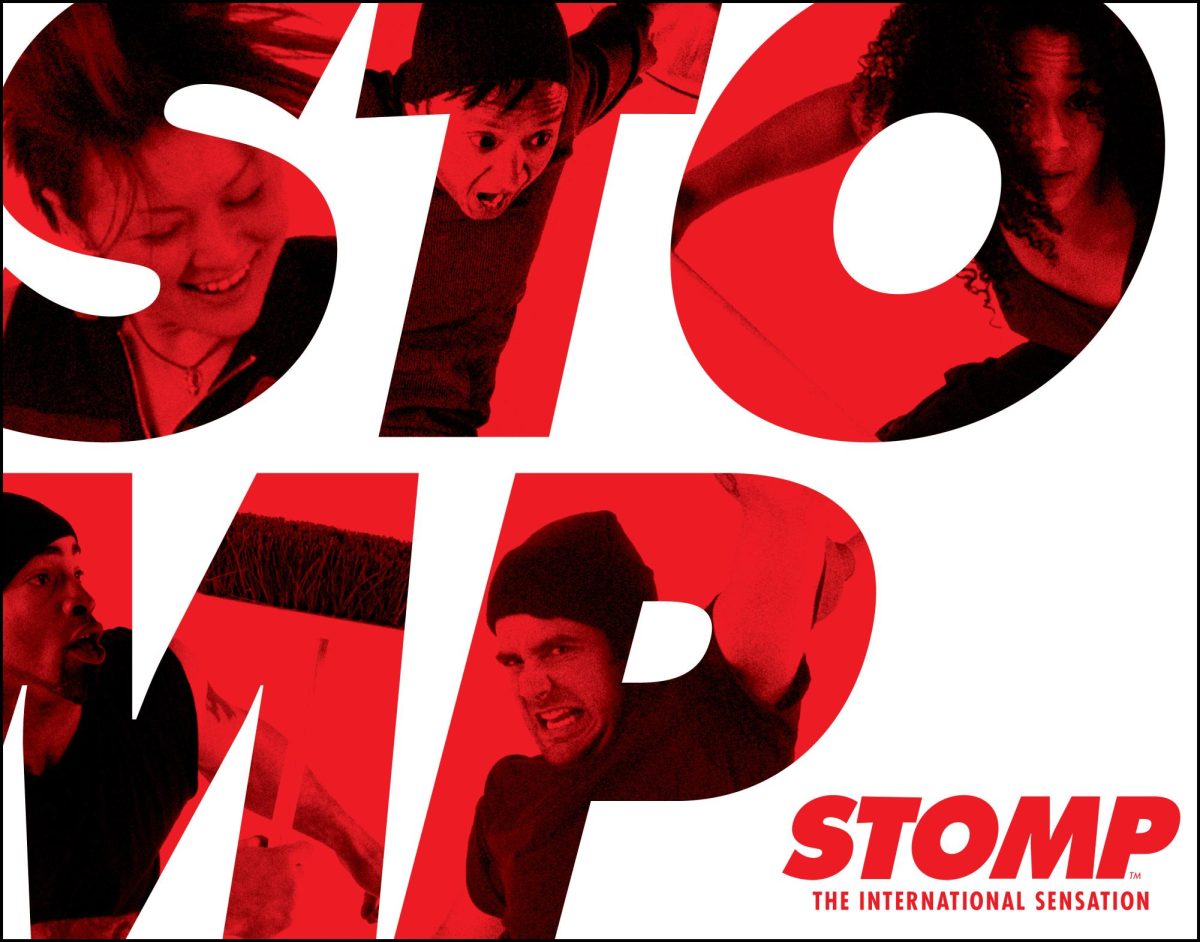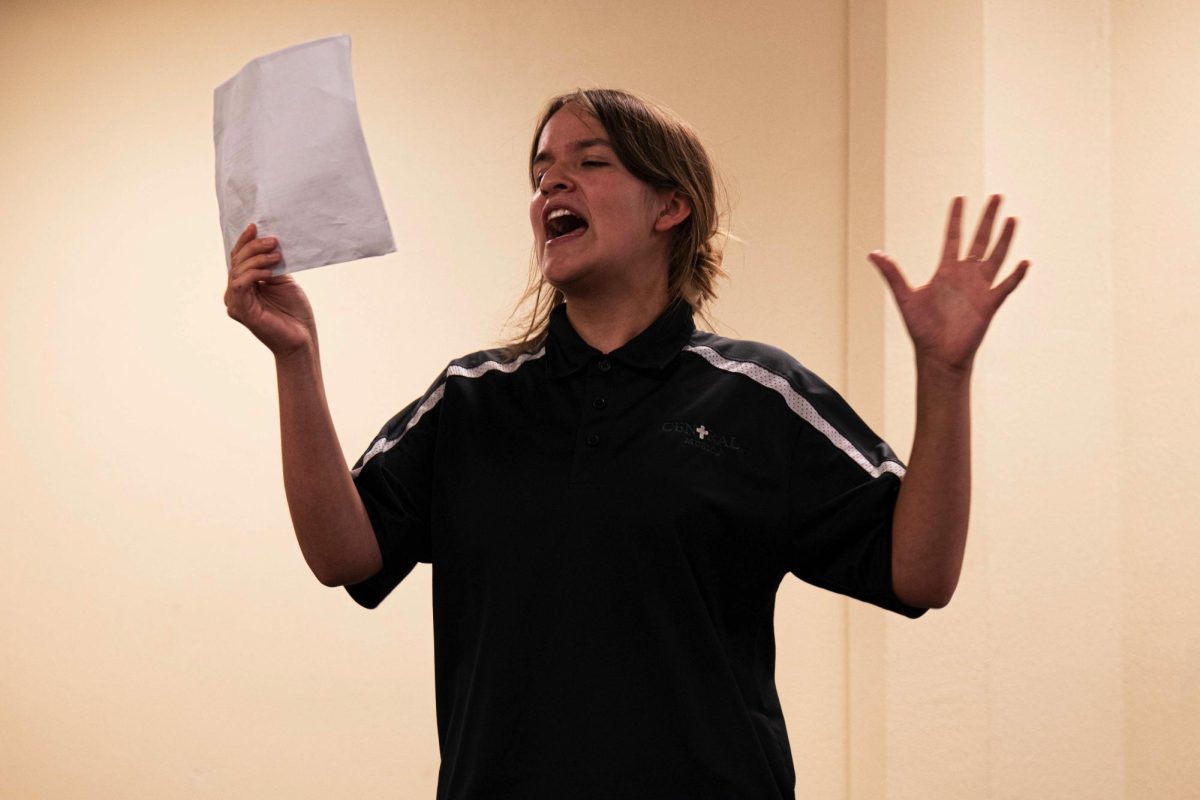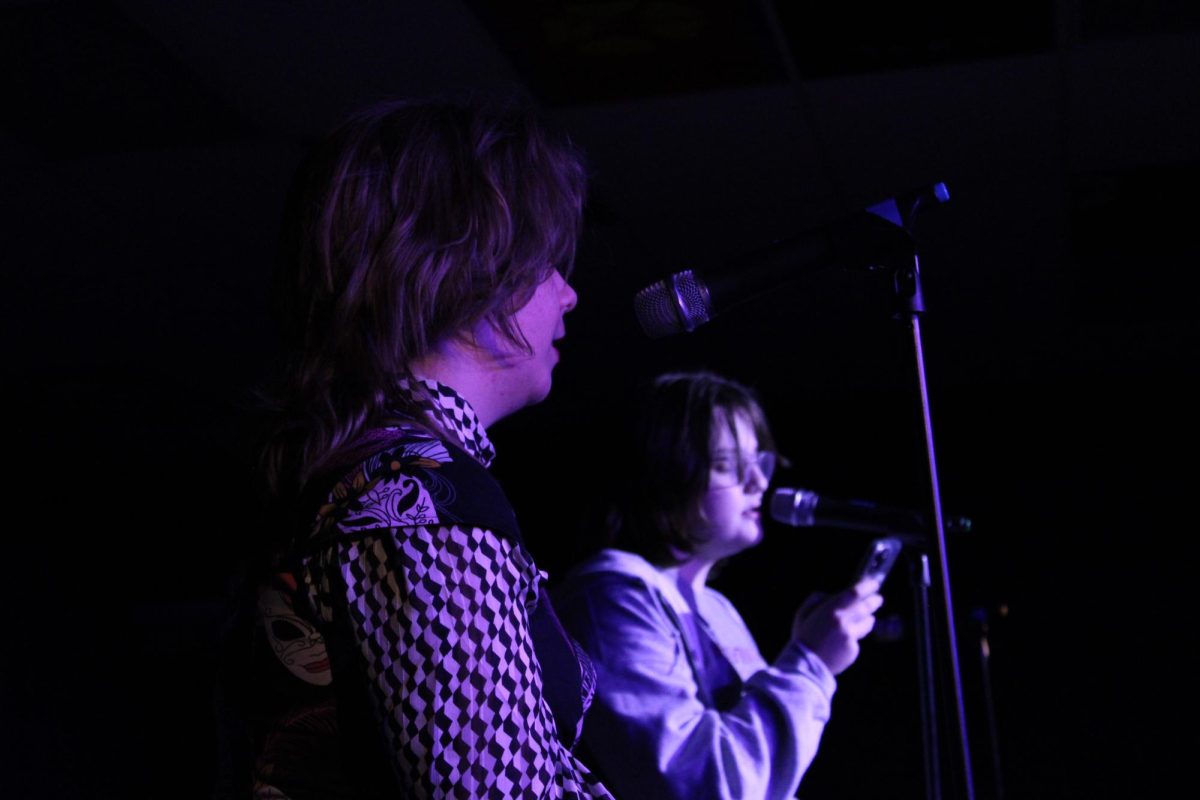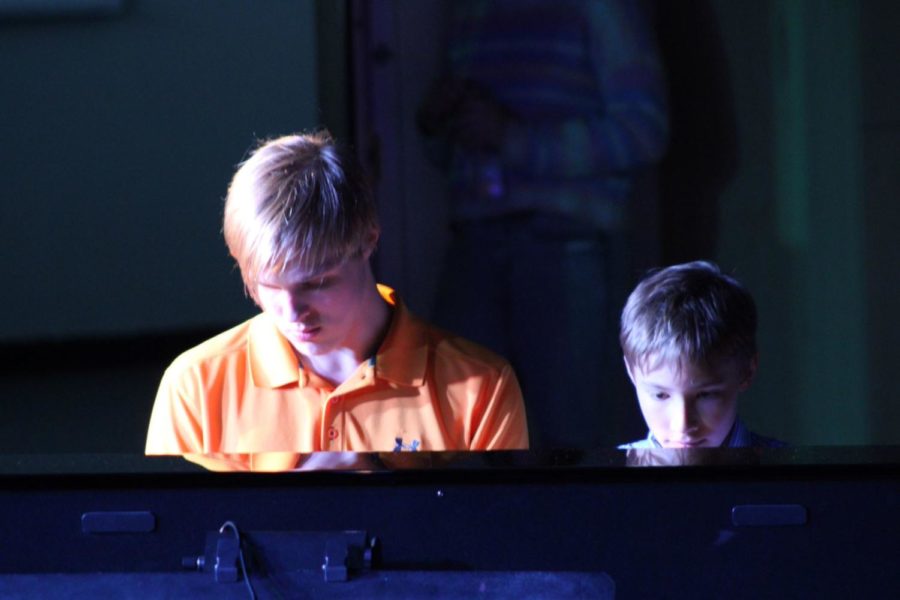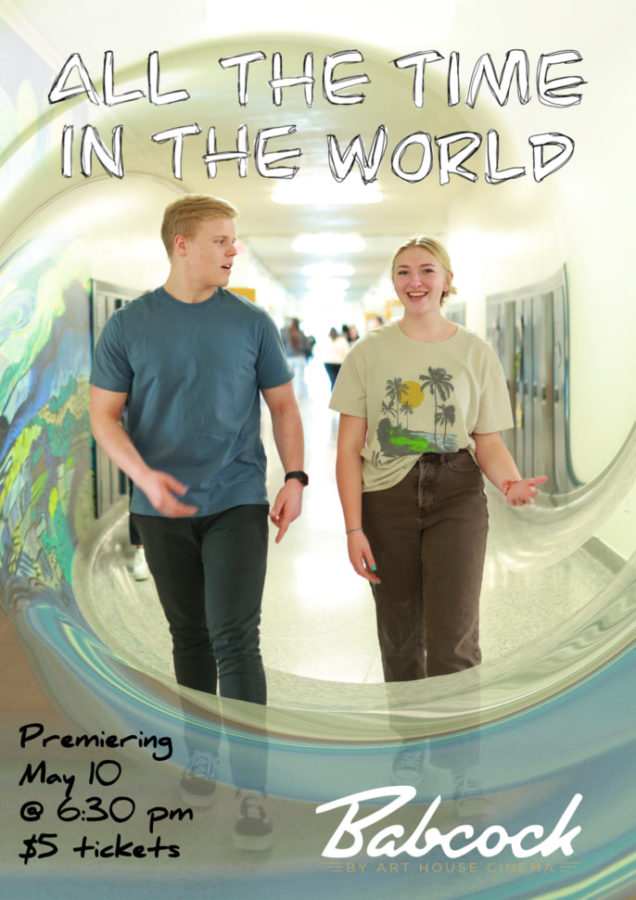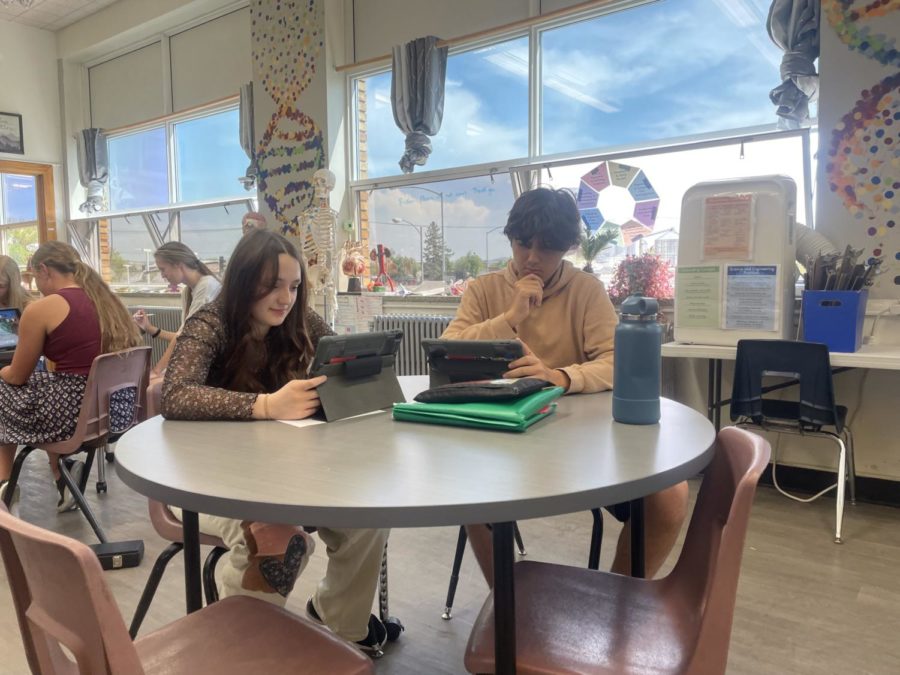MAPping Out a New Curriculum
BCCHS teacher Krista Cunningham will use MAPs testing and student feedback to observe the results of her novel Biology teaching method.
9th Graders Joanne Ragsdale (left) and Ronan Oneil (right) MAPS Test in order to determine the success of a new Honors Biology Curriculum.
May 20, 2023
Oftentimes, a complaint about the modern schooling system is its lack of application to real-world skills and dynamics. The most difficult part of this is the need to balance gaining skills that directly relate to a student’s future line of work with learning general concepts used to help strengthen their academic ability.
BCCHS science teacher Krista Cunningham has tried a new method this year to hopefully incorporate more applied coursework into her Biology curriculum. She explained, “I really wanted to find a way for students to connect the information to everyday life into their real world, but also time a lot of problem-solving skills, but also really try hard to hit the Next Generation Science Standards.”
Her idea? Storylines. She has introduced “storylines” to her biology classes, which involves a curriculum focused on teaching and reinforcing real-world concepts as opposed to a more conventional “learn-test” method. For example, instead of simply covering photosynthesis and cellular respiration, learning it, having a test, and then never touching the subject again, Cunningham’s course integrated that as part of an Africa storyline and continues to reapproach it and many other subjects within the Africa storyline and beyond.
However, when making and exploring new methods, they must fit certain requirements, including aligning with NGSS. “NGSS stands for Next Generation Science Standards, and it’s the standards for science that Montana has adopted,” Cunningham explained. “The idea behind it is to really make it cohesive between kindergarten all the way up to high school and to spiral through different elements and build upon them. But it’s more than just the disciplinary core idea: there’re three kinds of threads to it. One is the DCIS, which is the typical textbook knowledge. The second component is cross cutting concepts, themes that you that students should see across all sciences. And the third component is the science and engineering practices. And that’s more how to do science. It’s less about knowledge in the textbooks, and more about how to think critically.” While some textbook necessities had to be finessed into the storylines, some of the latter aspects of the NGSS standards fit even better, according to Cunningham.
In addition to improving her teaching, Cunningham is also using this project to earn her Master’s in Science and Science Education. She will be using MAP test (a type of digital student achievement assessment) scores of the current Biology students to determine if the storyline system helped them to earn a higher science score in the test. But the MAP test isn’t all Cunningham is focused on. “An even more important component than just the test is student feedback. As a teacher, I’ve of gotten a sense of what students think about the year and can see that we hit a lot of concepts and a lot of different ways…I’m really curious to hear students’ feedback; I’ll have a Google form for everybody to fill out at the end for constructive feedback. I also want to do student interviews to see what they had to say about it. For me, that’s, that’s the more critical component to this project.”
In a world that is constantly growing and evolving, helping students to be ready for it is of the utmost importance to teachers like Krista Cunningham. To make education engaging, fruitful, and applicable outside of the classroom is no easy task, so it is important to try new ideas to improve. “What I love about storylines, too, is that it is really spiraling in nature. We don’t just ever do one concept and forget about it. We’ll come back to it and build on it. And then we’ll come back to it again and build more and compact and build more. I love that component about it. I think that really helps students connect to it and remember that information better.”
